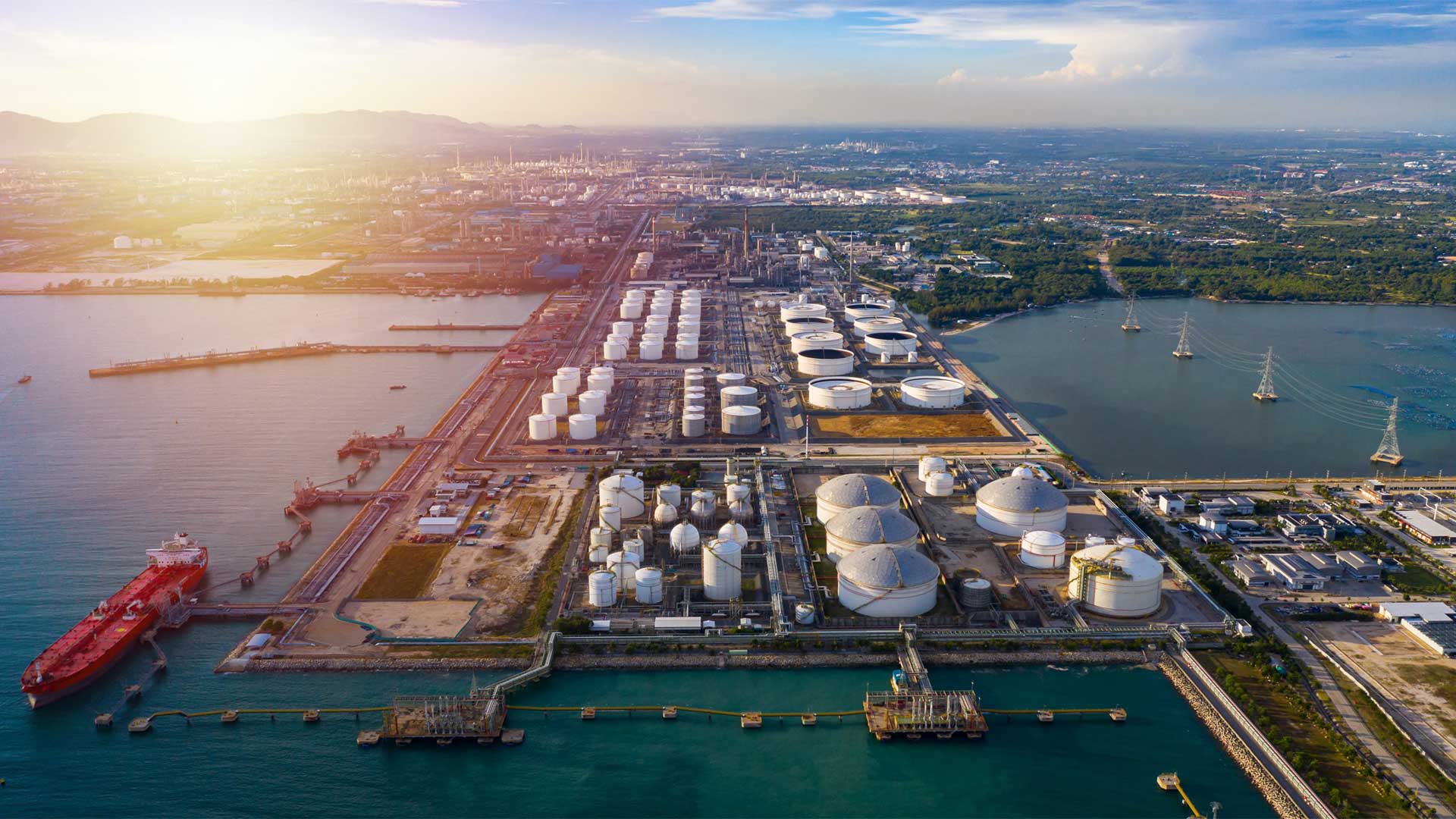2025-01-03
Navigating Towards a Greener Maritime Future: Understanding the FuelEU Maritime Regulation
The FuelEU Maritime Regulation is a cornerstone of the European Union’s strategy to decarbonize the maritime industry. By mandating progressive reductions in the greenhouse gas (GHG) intensity of ship fuels, this regulation aligns the shipping sector with the EU’s ambitious climate objectives. Here’s what you need to know:
⏰ Key Dates for Compliance
- August 31, 2024: Deadline for companies to submit Monitoring Plans for vessels, outlining methodologies for fuel consumption and emissions tracking.
- January 1, 2025: Full enforcement begins, requiring compliance with specified GHG intensity limits for maritime fuels.
🌿 Incremental GHG Intensity Reduction Targets
The regulation introduces a phased approach to reduce the GHG intensity of fuels used by ships, benchmarked against a 2020 reference value of 91.16 grams of CO₂ equivalent per megajoule (gCO₂e/MJ):
| Year | Reduction Target (%) | Target GHG Intensity (gCO₂e/MJ) |
|---|---|---|
| 2025 | 2% | 89.34 |
| 2030 | 6% | 85.69 |
| 2035 | 14.5% | 77.94 |
| 2040 | 31% | 62.90 |
| 2045 | 62% | 34.64 |
| 2050 | 80% | 18.23 |
🚢 Scope of Application
The regulation applies to ships over 5,000 gross tonnage, engaged in commercial activities involving cargo or passenger transport to or from EU ports. This includes:
- Intra-EU voyages: 100% of energy used.
- International voyages: 50% of energy used.
- At-berth activities: 100% of energy used.
The regulation adopts a technology-neutral approach, allowing flexibility in how compliance is achieved.
🔧 Strategies for Compliance
To meet the FuelEU Maritime Regulation, shipping companies can employ several strategies:
- Adoption of Renewable and Low-Carbon Fuels: Advanced biofuels, e-fuels, or hydrogen-based options.
- Energy Efficiency Measures: Optimizing operational practices to reduce overall fuel consumption.
- Zero-Emission Technologies: Implementing solutions like battery systems or wind-assisted propulsion.
- Incentivized Renewable Fuels of Non-Biological Origin (RFNBOs): Encouraged through compliance multipliers.
📊 Monitoring and Reporting
The regulation requires:
- Monitoring Plans: Outlining methodologies for tracking fuel use and emissions.
- Annual Reporting: Submission of energy usage and GHG intensity data.
- Verification: Accredited bodies to validate compliance.
To streamline compliance, the European Maritime Safety Agency (EMSA) has integrated functionalities into its THETIS-MRV system.
🌎 Implications for the Maritime Industry
The FuelEU Maritime Regulation will drive:
- Investment in Cleaner Technologies: To meet GHG intensity targets.
- Strategic Planning: Aligning operations with regulatory timelines.
- Supply Chain Collaboration: Ensuring the availability and adoption of compliant fuels,while risks in regulatory gaps still there.
By adhering to this regulation, the maritime industry contributes to the EU’s goal of achieving climate neutrality by 2050, while fostering innovation and sustainability.

